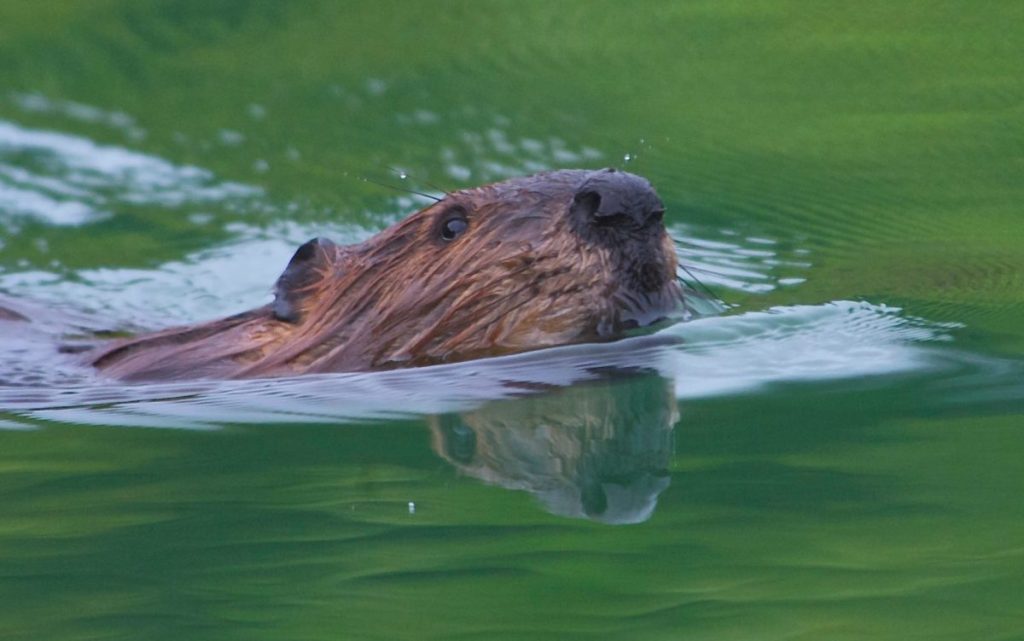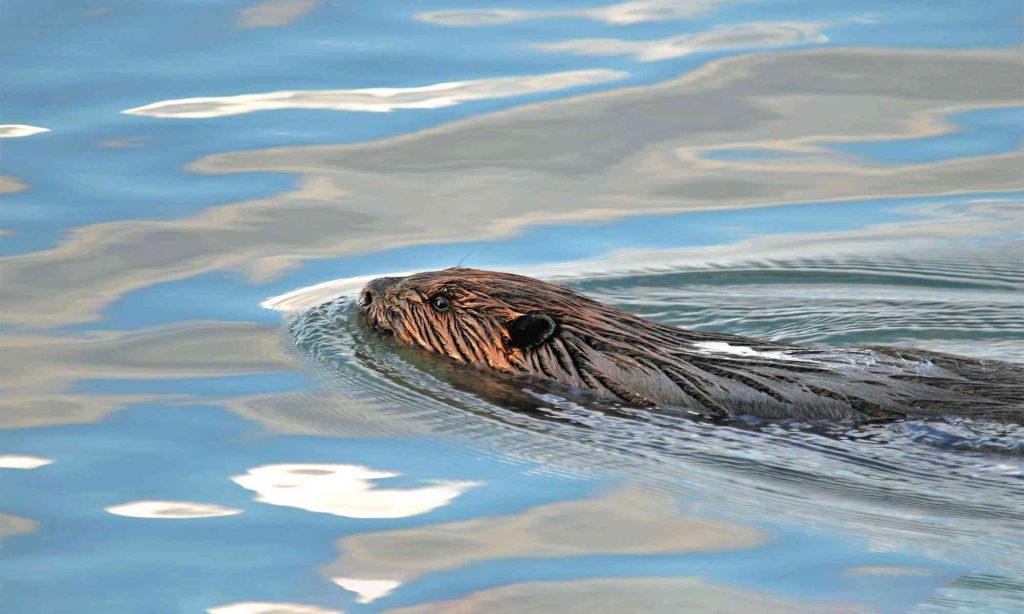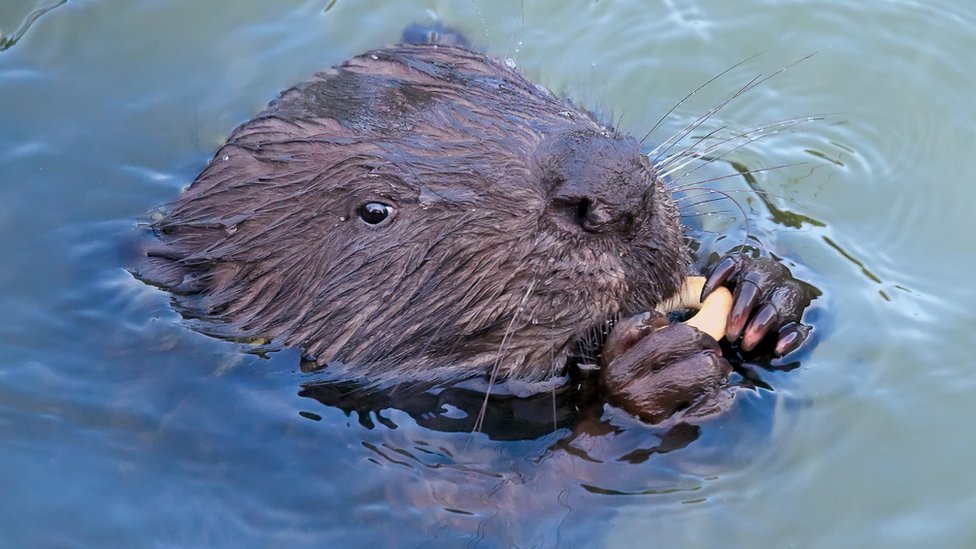Beavers are fascinating animals whose relationship with humans has been complex and often contentious. On one hand, beavers have been seen as valuable contributors to the environment, helping to maintain water systems and promote biodiversity. On the other hand, they have been viewed as pests, causing damage to human infrastructure and disrupting human activities. In this article, we will explore the relationship between beavers and humans, examining the ways in which beavers have been both friend and foe.

The Benefits of Beavers
Beavers are known for their remarkable ability to construct dams, lodges, and other structures that help to regulate water flow and maintain wetland ecosystems. By creating dams, beavers are able to create and maintain ponds that serve as habitats for a wide variety of wildlife, including fish, turtles, frogs, and birds. These ponds also provide important water sources for nearby vegetation, helping to promote plant growth and protect against drought.
In addition to promoting biodiversity, beavers also play an important role in preventing erosion and maintaining water quality. By creating dams and lodges, beavers are able to trap sediment and filter pollutants, helping to prevent soil erosion and improve water clarity. They also help to replenish groundwater supplies, which is essential for maintaining healthy ecosystems.
The Challenges of Beavers
Despite the many benefits of beavers, they can also pose significant challenges to humans. One of the biggest challenges is their ability to damage human infrastructure, such as roads, bridges, and buildings. Beavers are known for their powerful teeth, which they use to chew through wood and other materials. This can cause significant damage to buildings and infrastructure, leading to costly repairs.
Another challenge posed by beavers is their tendency to flood agricultural lands, causing damage to crops and irrigation systems. This can be particularly problematic for farmers, who rely on these lands to produce food and other products. In addition, beaver activity can also disrupt recreational activities, such as fishing and boating, which can be a significant source of income for local communities.

Beavers and Humans: Finding a balance
Given the many benefits and challenges of beavers, it is important for humans to find a way to coexist with these animals in a way that promotes the health of both ecosystems and human communities. One approach to this challenge is to use non-lethal methods to manage beaver populations and mitigate the damage they can cause.
For example, one effective way to manage beavers is to use exclusion devices that prevent them from accessing certain areas, such as culverts and water control structures. These devices can be installed in a way that allows beavers to continue to build dams and lodges in other areas, while minimizing the damage they cause to human infrastructure.
Another approach to managing beaver populations is to use flow devices, which regulate the water flow in beaver ponds and prevent flooding in nearby areas. These devices can be installed in a way that allows beavers to continue to build dams and lodges, while also promoting the health of nearby ecosystems.
In addition to these management strategies, it is also important for humans to be educated about the benefits and challenges of beavers, and to be proactive in finding ways to coexist with these animals. This might involve working with local conservation groups, government agencies, and other stakeholders to develop management plans that promote the health of both ecosystems and human communities.

Beavers are remarkable animals with many important contributions to ecosystems, but they can also cause significant damage to human infrastructure and disrupt human activities. By finding ways to manage beaver populations and mitigate the damage they cause, humans can coexist with these animals in a way that promotes the health of both ecosystems and human communities. As we continue to learn more about the benefits and challenges of beavers, it is important to be proactive in finding ways to find a balance between these two competing interests.